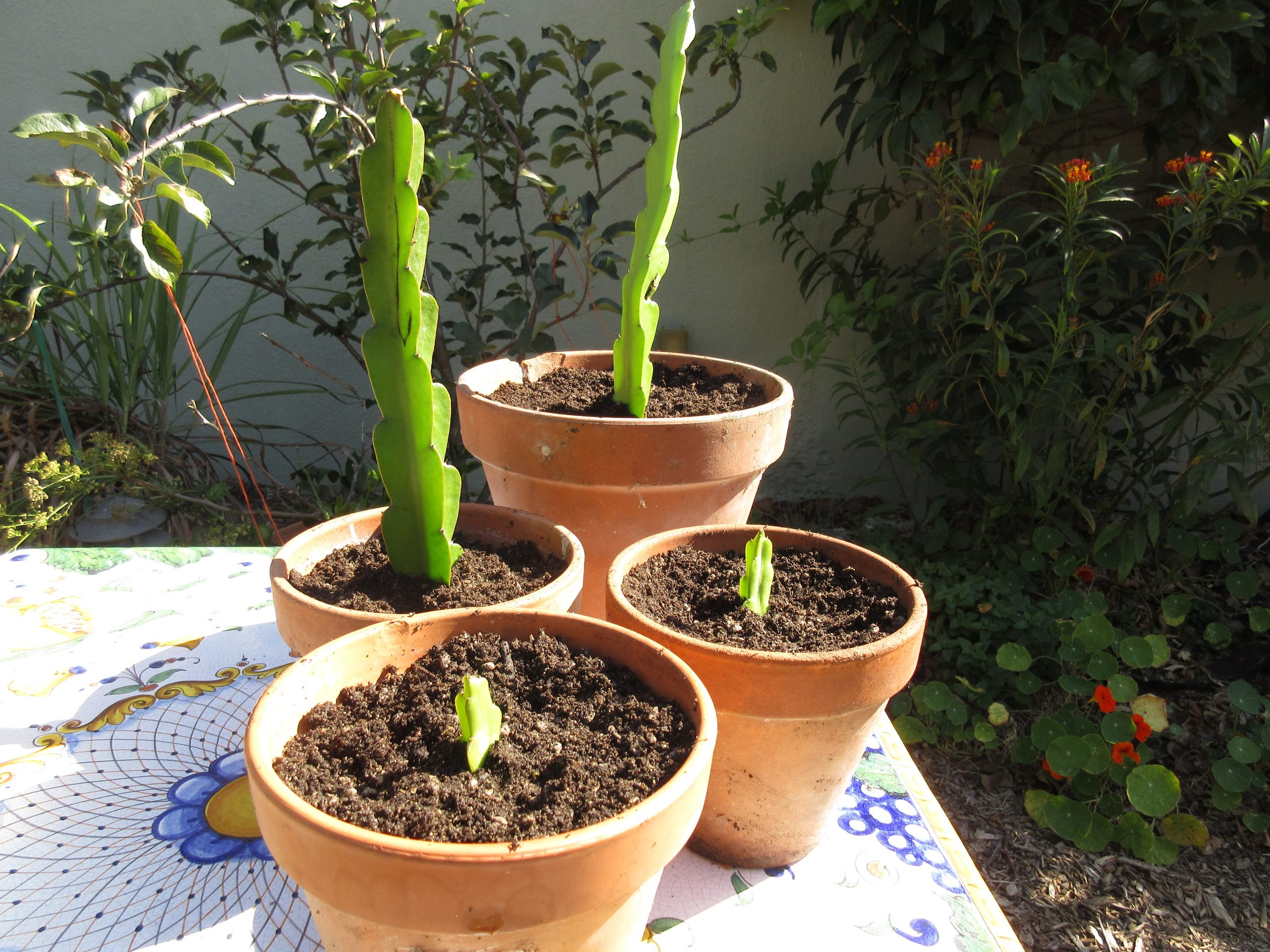Dragon fruit has taken the world by storm, with its vibrant pink skin, striking green scales, and speckled white or red flesh. Grown on climbing cacti, this tropical fruit is as beautiful as it is tasty. Many gardeners in the United States, United Kingdom, and Canada are discovering that planting dragon fruit at home is not as complicated as it seems. With the right guidance, you can enjoy this exotic fruit straight from your garden or even in a large pot indoors.If you’ve ever wondered how to plant dragon fruit successfully, this guide will show you exactly how—like never before!Understanding Dragon Fruit PlantsDragon fruit comes from the Hylocereus cactus family. Native to Central and South America, it thrives in warm, sunny climates but can be adapted to cooler regions with the right care. Key features include:Climbing cactus: Needs support such as a trellis or post.Night-blooming flowers: Large, fragrant blossoms that open at night.Unique fruit: Oval-shaped, with brightly colored skin and refreshing, mildly sweet flesh.Choosing the Right Growing MethodYou can grow dragon fruit in two main ways:1. From CuttingsThe fastest and most reliable method. Take a healthy cutting (about 12 inches long) from a mature plant and let it dry for a few days before planting.2. From SeedsA slower method that takes patience, as it may take several years before fruiting begins. Simply scoop out seeds from fresh dragon fruit, wash, dry, and sow in soil.Ideal Conditions for Planting Dragon FruitClimate and LocationBest grown in USDA zones 10–11 outdoors.In cooler regions (like parts of Canada or northern UK), grow in pots and bring indoors during winter.Needs 6–8 hours of sunlight daily.Soil RequirementsWell-draining soil is essential (sandy loam or cactus mix).Slightly acidic to neutral pH (6–7).Add compost or organic matter to boost fertility.WateringWater deeply but infrequently.Allow soil to dry slightly between waterings to prevent root rot.Step-by-Step Guide: Planting Dragon FruitStep 1: Prepare the CuttingIf using a cutting, let it “heal” for 3–5 days in a shaded area. This prevents rotting.Step 2: PlantingPlant the cutting about 2–3 inches deep into the soil.For seeds, sprinkle them over the soil surface and lightly cover.Step 3: Provide SupportDragon fruit is a climbing cactus—install a strong stake, trellis, or post for it to climb.Step 4: Water and CareWater lightly after planting.Keep soil moist but not soggy during the first few weeks.Caring for Your Dragon FruitFertilizer: Use a balanced fertilizer monthly during the growing season.Pruning: Trim back overgrown stems to encourage airflow and fruit production.Pollination: Some varieties are self-pollinating, but others need cross-pollination. If grown indoors, you may need to hand-pollinate flowers with a small brush.Winter care: In cooler climates, move potted plants indoors or into a greenhouse.Harvesting Dragon FruitFruit is ready to harvest about 30–50 days after flowering.Ripe dragon fruit will turn bright pink or red, and the “scales” on the skin start to wither slightly.Twist the fruit gently off the stem—it should come off easily.Creative Ways to Use Dragon FruitSmoothies & juices – Add refreshing sweetness and color.Salads & bowls – Pair with other tropical fruits.Desserts – Use as a topping for cakes, cheesecakes, and sorbets.Cocktails – Make a vibrant, Instagram-worthy drink.ConclusionLearning how to plant dragon fruit like never before is easier than it seems. With the right climate, soil, and support, you can enjoy this striking plant both as a decorative feature and as a source of delicious fruit. Whether you’re in sunny California, a cozy UK greenhouse, or growing indoors in Canada, dragon fruit adds a bold, tropical touch to your gardening journey.Why buy dragon fruit at the store when you can grow your own at home? Start planting today, and in just a few seasons, you’ll be harvesting this exotic gem straight from your garden.

